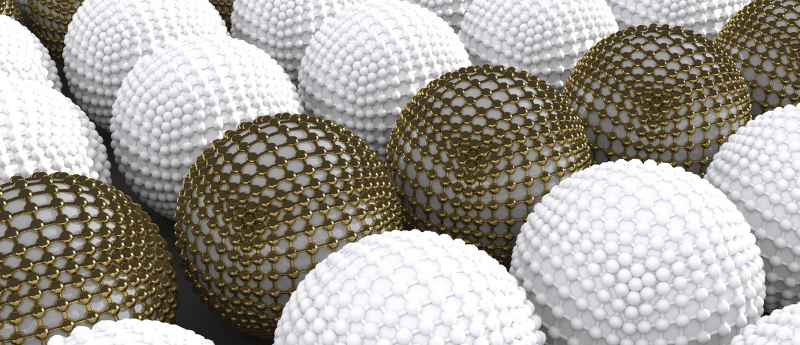New biosensor developed to generate RWD about muscles

Published in APL Materials, a collaboration between teams from the University of Utah (UT, USA) and Gyeongsang National University (Jinju, South Korea) has led to a low-cost, innovative bioelectrical sensor. The new biosensor can provide valuable real-world data, including electrical bodily signals, through a device comfortable to patients. Specifically, the sensor measures electromyography signals, which occur during muscle contraction. Therefore, these signals are important for understanding both regular muscle activity and neuromuscular diseases. First, the team attempted to create a sensor using silver paste directly applied onto fabric. While silver is a conductive material for electromyography signals, it was noted...






